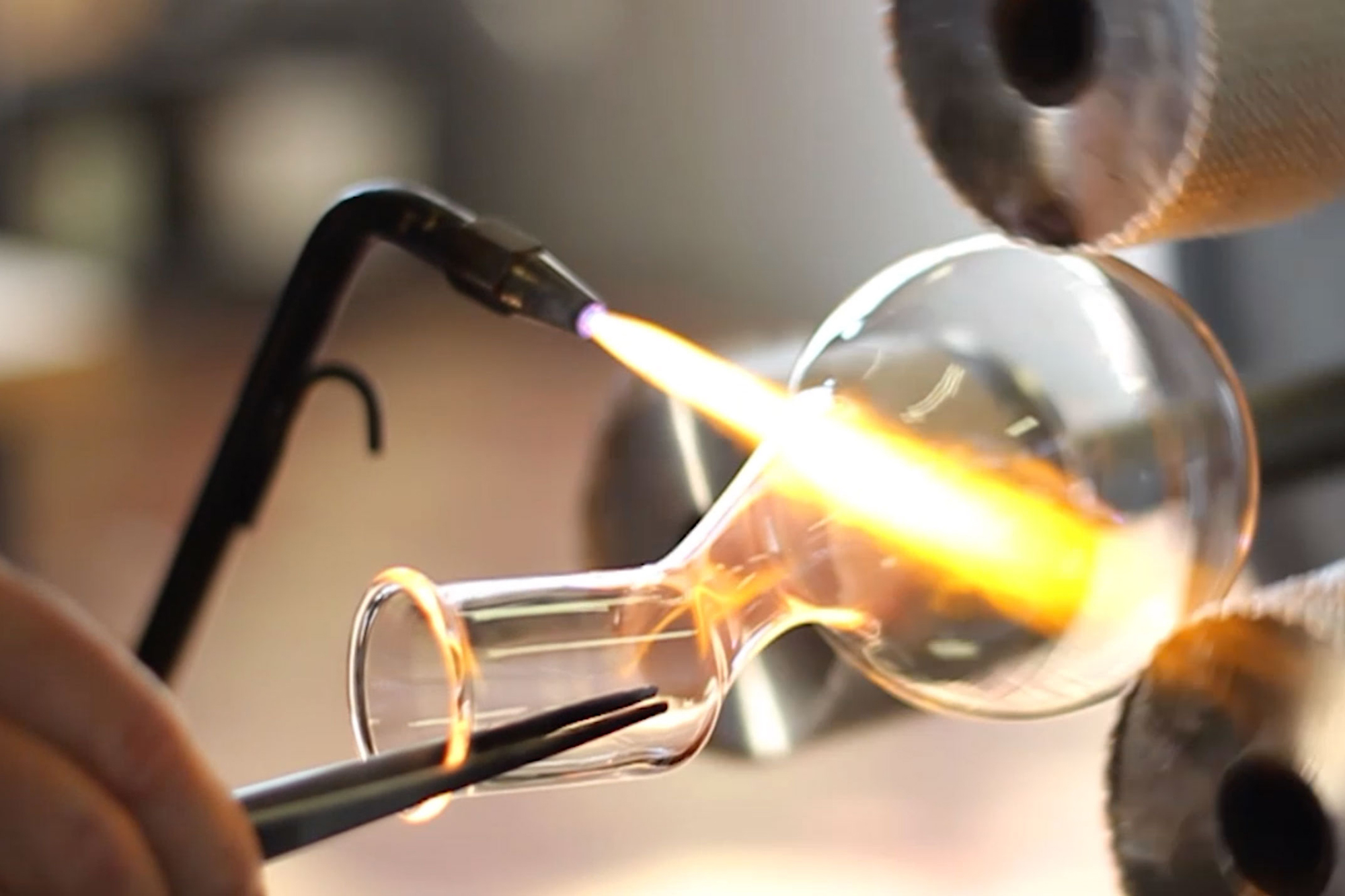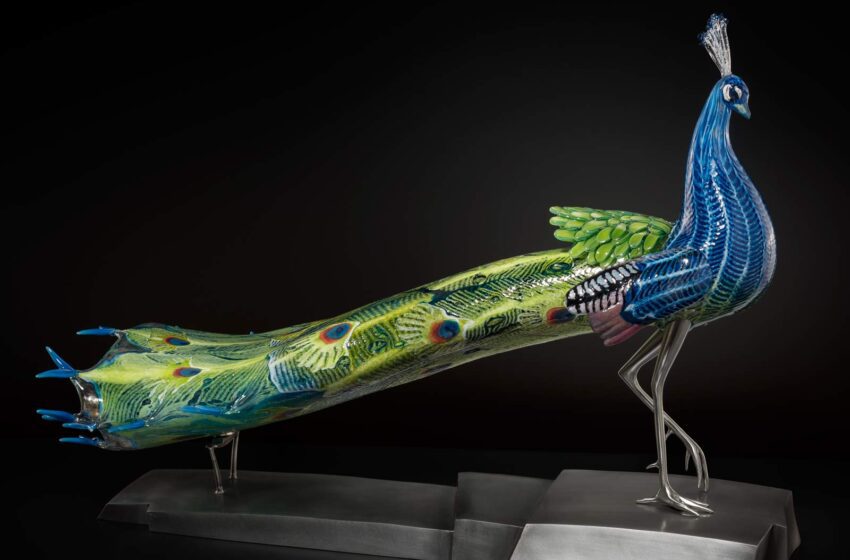Hey folks, let’s dive into the mesmerizing world of glassblowing! This ancient craft has been around for over two millennia, and it’s as fascinating today as it was back in the Roman times. Glassblowing is a blend of skill, art, and science, creating pieces that range from functional to purely artistic. Let’s explore the traditional roots and the contemporary trends shaping this unique art form.
The Traditional Roots
Glassblowing dates back to around the 1st century BC, starting in the Middle East. The traditional process involves heating glass until it’s molten and then shaping it by blowing air through a tube. It’s a dance of heat, breath, and movement, requiring precise timing and coordination.
The Venetian Influence: When you think traditional glassblowing, Venice, particularly Murano, often comes to mind. Their techniques from the Renaissance era, like filigrana (glass with embedded threads of color) and millefiori (multi-colored patterns), set the gold standard in glass artistry.
Individual Artisans: Traditionally, glassblowing was a skill passed down through generations. Individual artisans crafted everything from utilitarian items to elaborate works of art, with each region developing its own styles and techniques.
Modern Trends in Glassblowing
Fast forward to today, and glassblowing has exploded into a vibrant field of contemporary art.
Combining Old and New Techniques: Modern glass artists often blend traditional methods with new approaches. This might include using advanced tools, incorporating digital design, or experimenting with different materials to push the boundaries of what glass can do.
Artistic Expression: Today’s glassblowing is not just about making objects; it’s about expression. Artists use glass to create stunning sculptures, installations, and even performance art. The transparency, fluidity, and versatility of glass make it an ideal medium for artistic storytelling.
Sustainability: There’s a growing trend towards using recycled glass and eco-friendly practices in glassblowing. This not only reduces the environmental impact but also adds an interesting layer to the art, as each piece carries a history of its former life.
Collaborations and Cross-Disciplinary Work: Contemporary glass artists often collaborate with professionals in other fields, like architecture, science, and technology. This interdisciplinary approach leads to innovative and unexpected creations.
Conclusion
The art of glassblowing is a beautiful tapestry of history and innovation. From the delicate Venetian chandeliers to bold contemporary sculptures, it reflects the endless possibilities of human creativity. Whether preserving ancient techniques or exploring new artistic frontiers, glassblowing remains a dynamic and captivating art form, continually evolving and inspiring awe with each molten creation.

